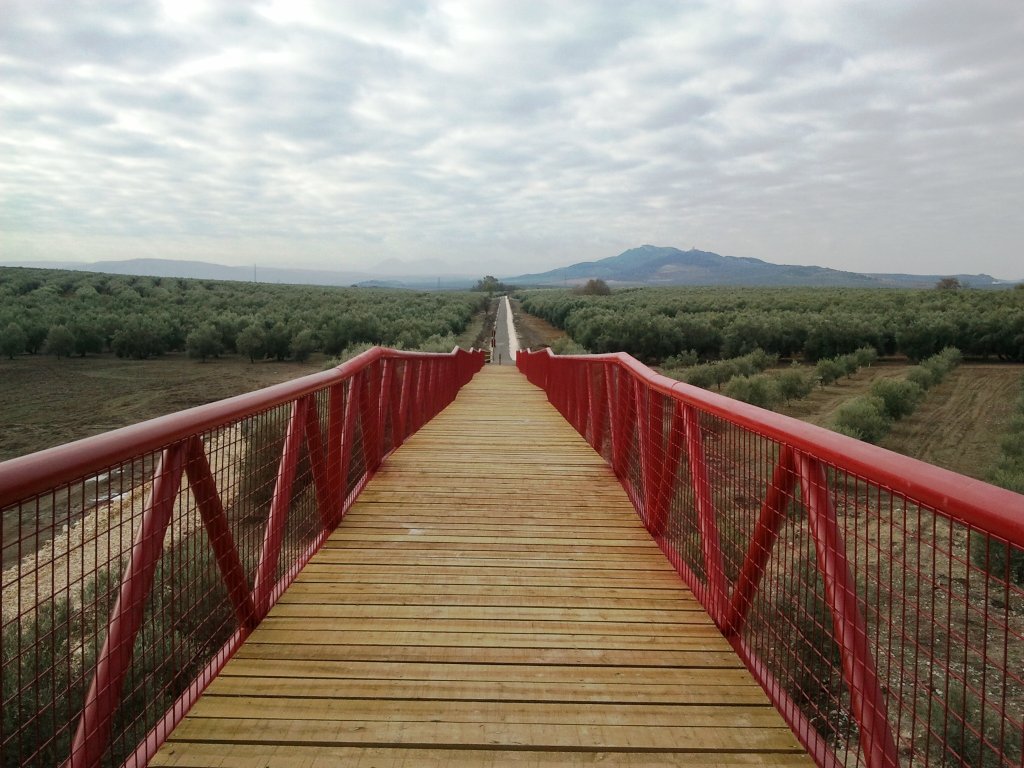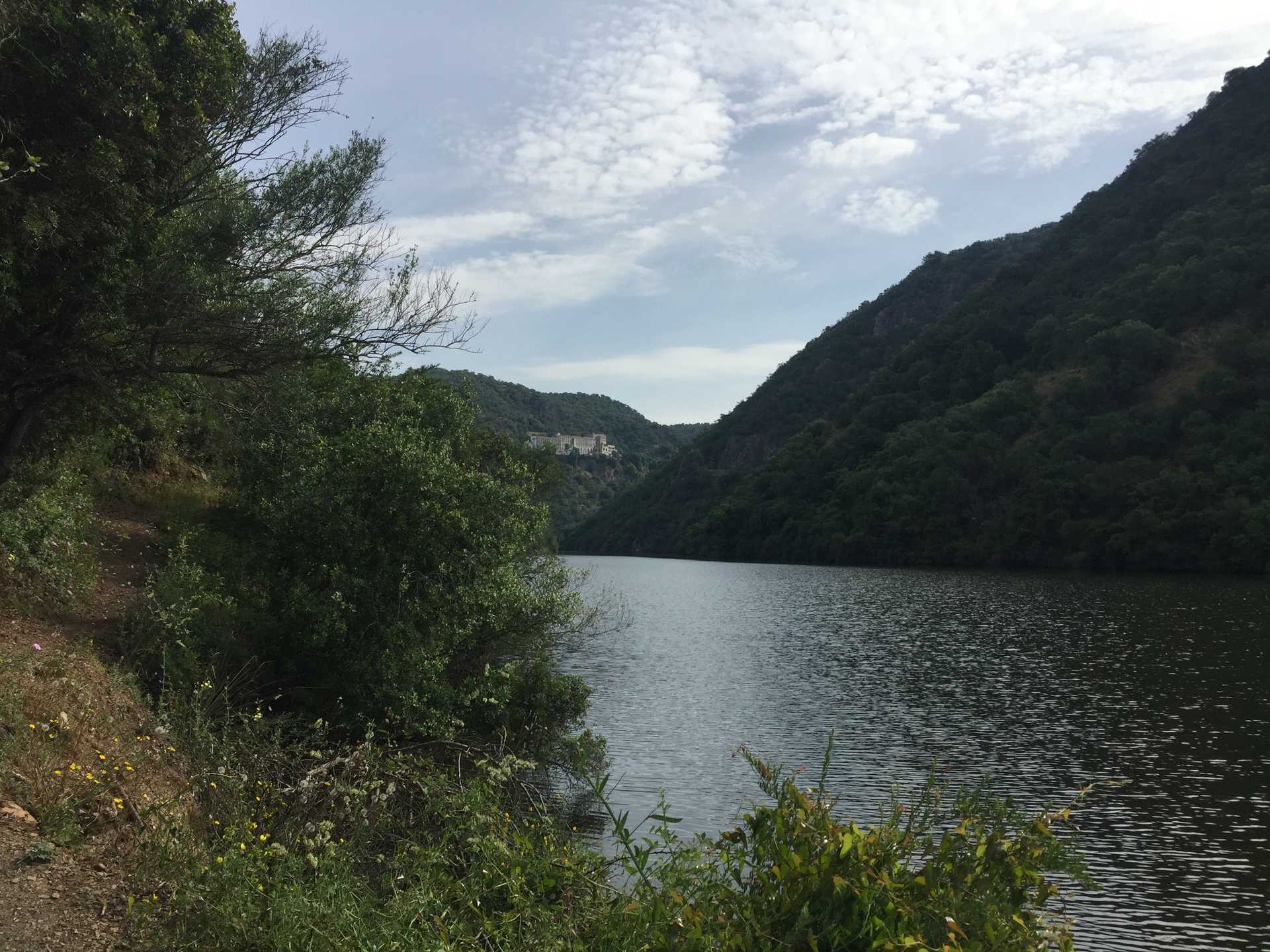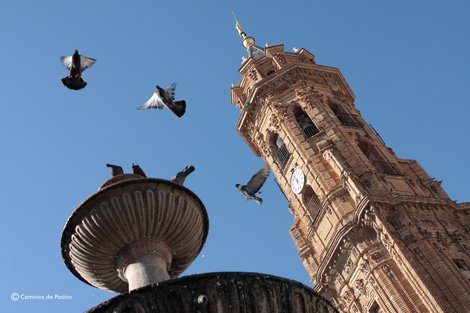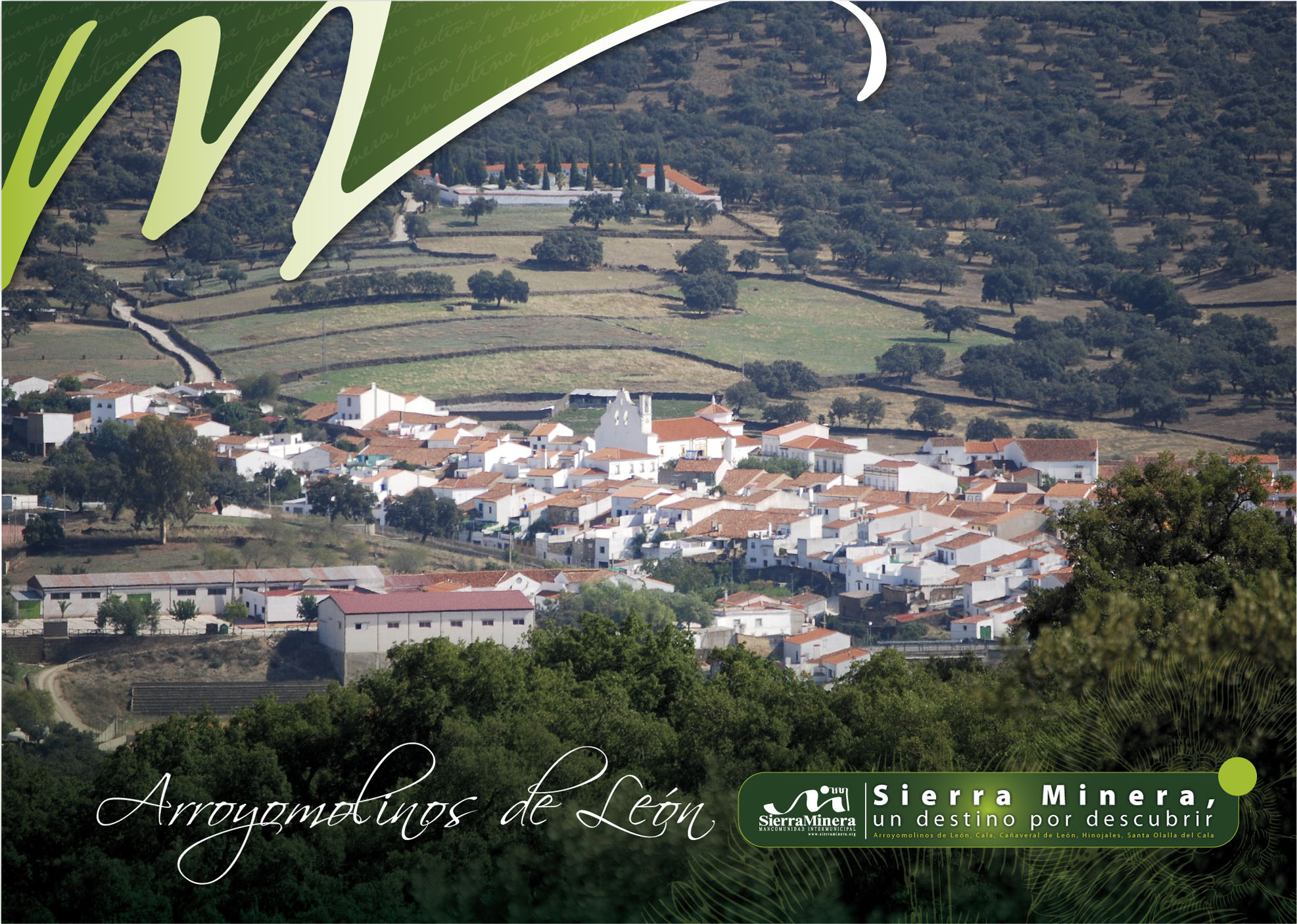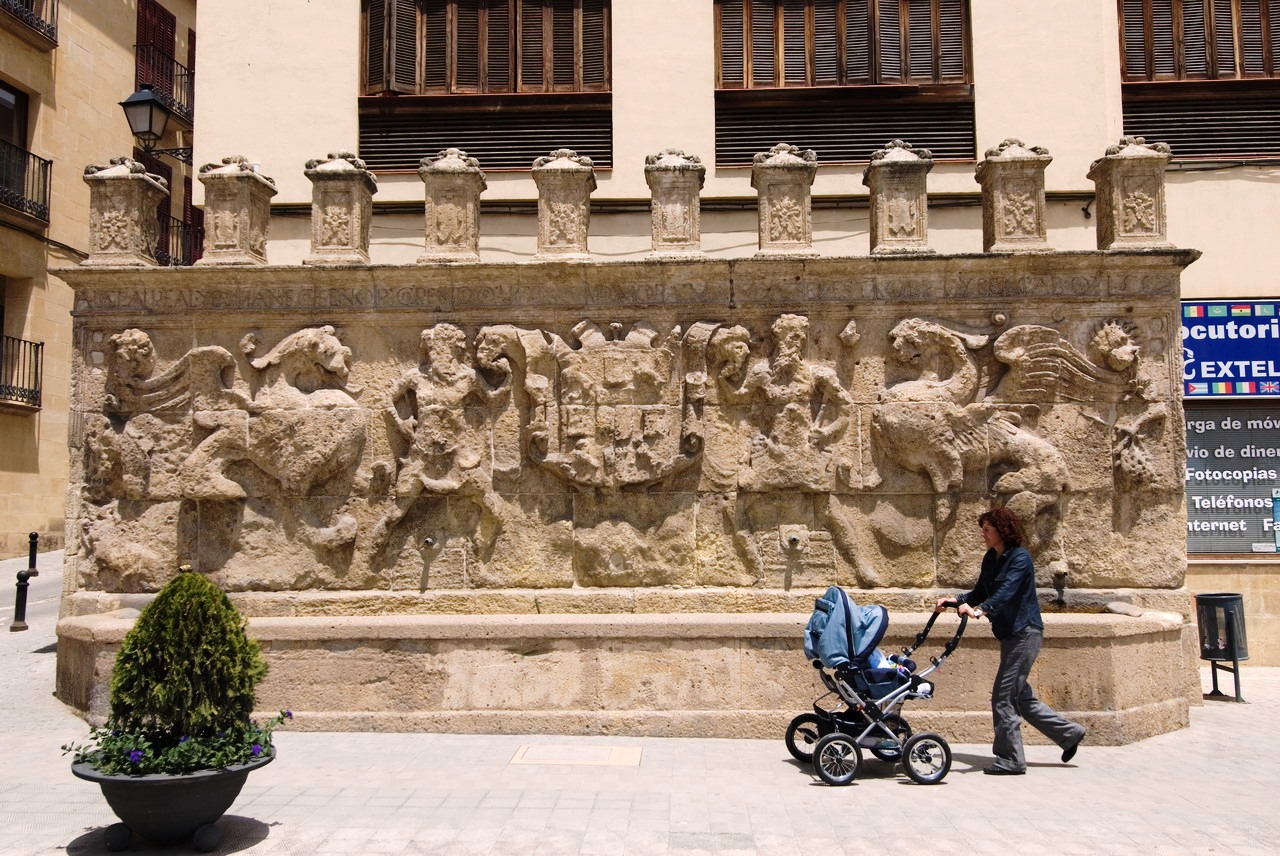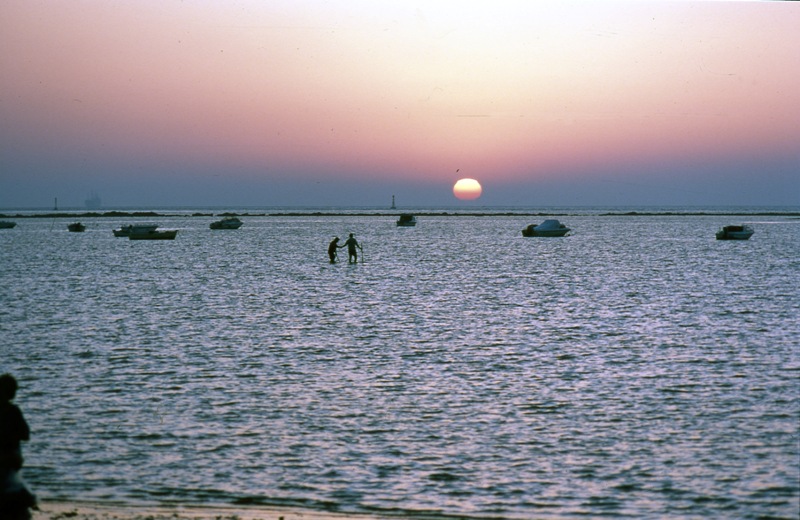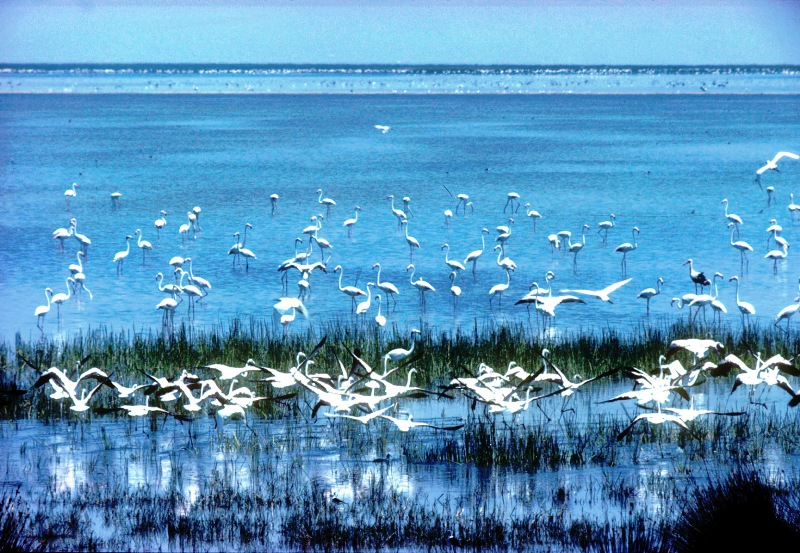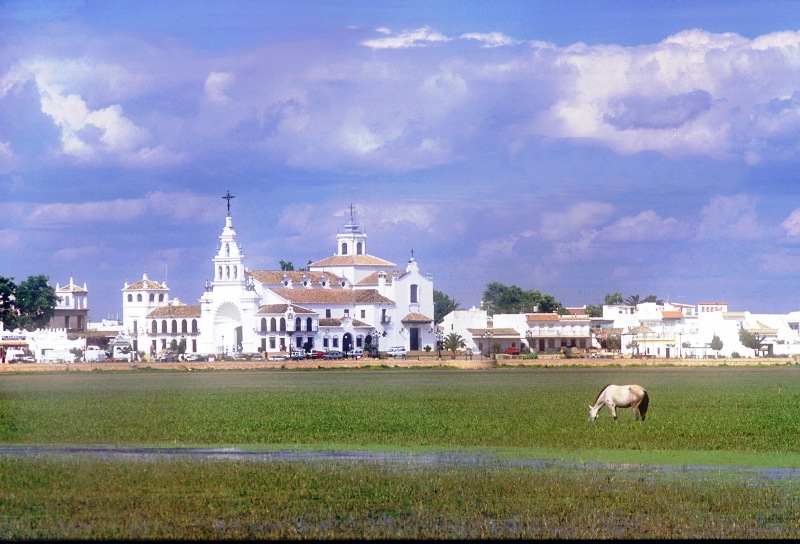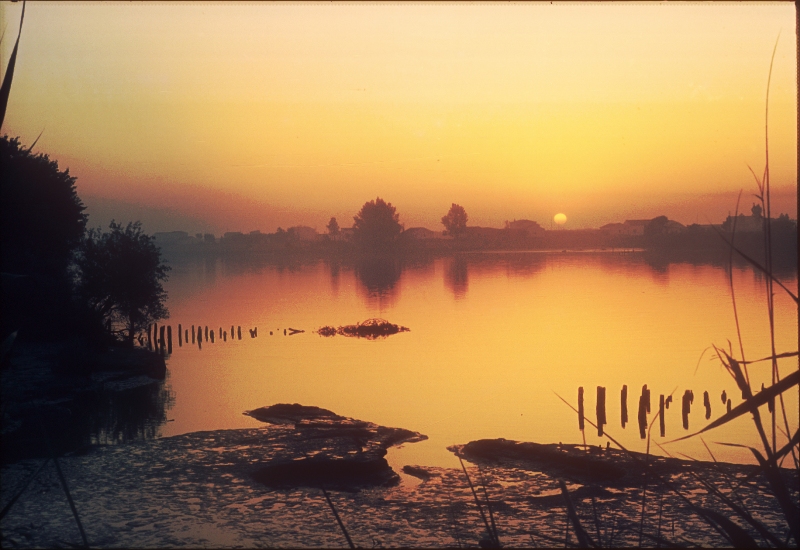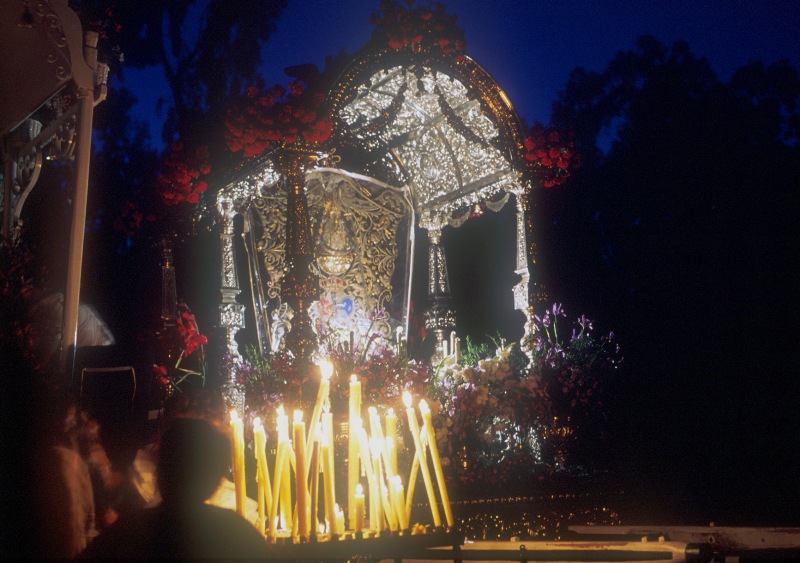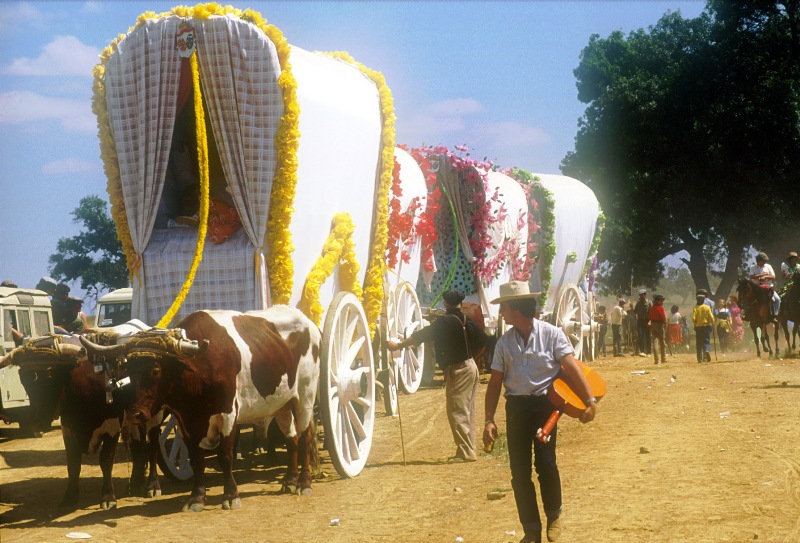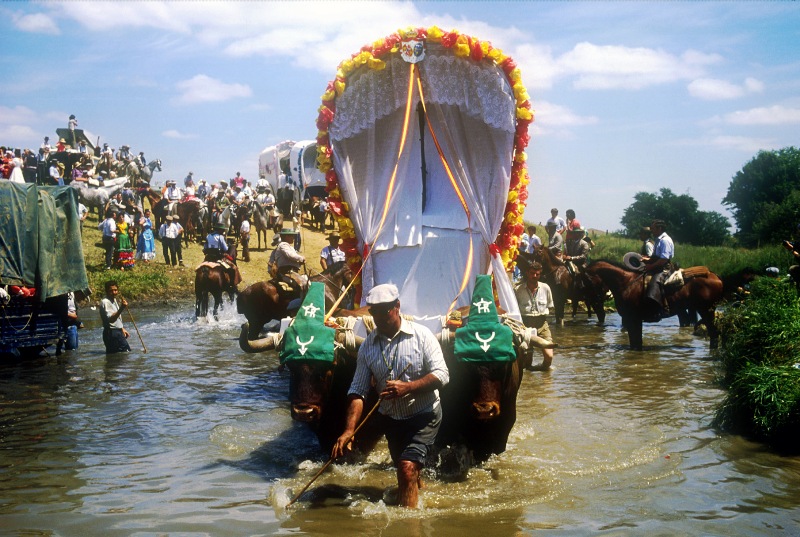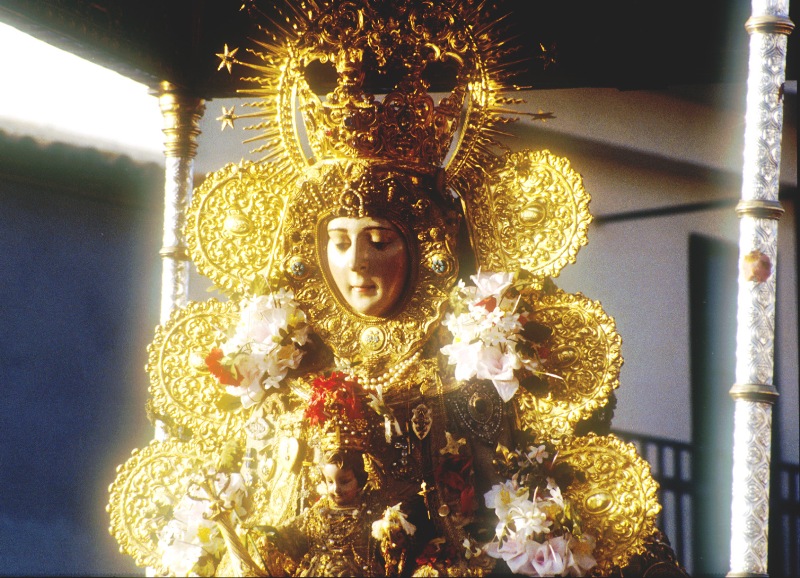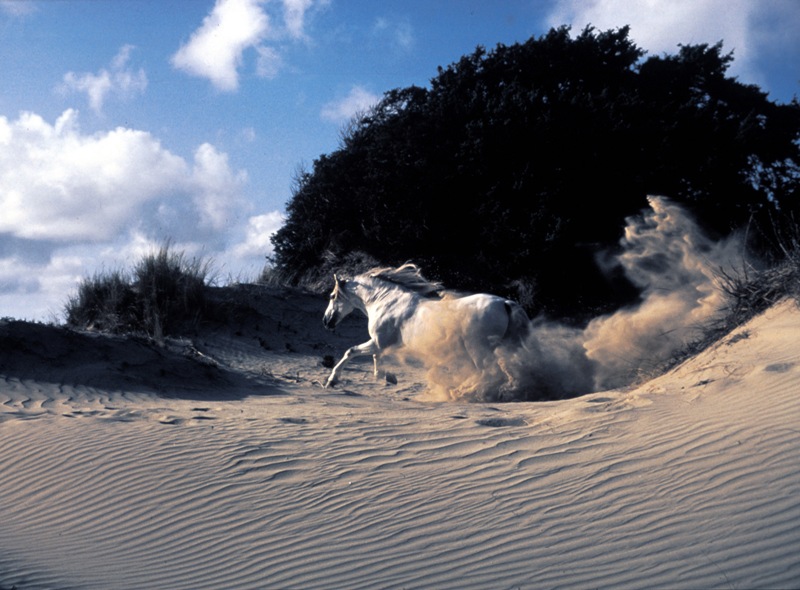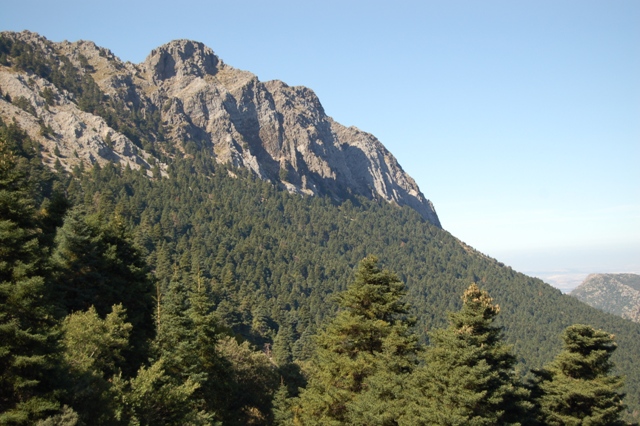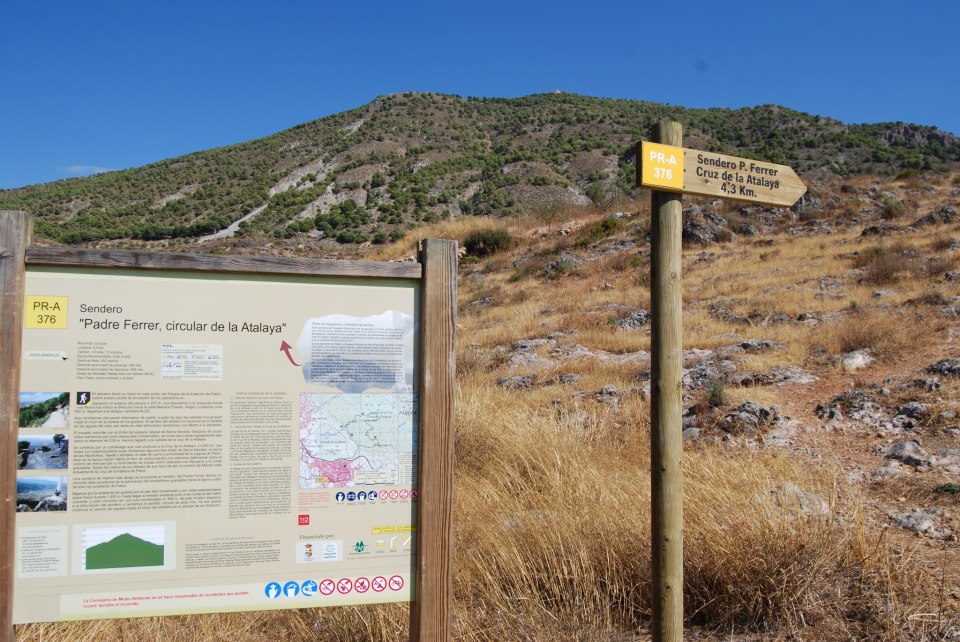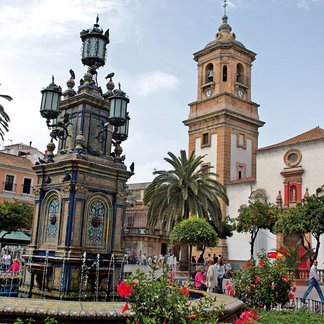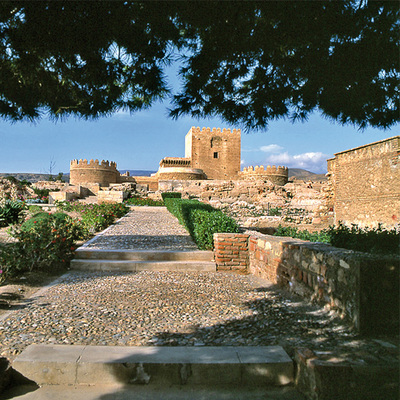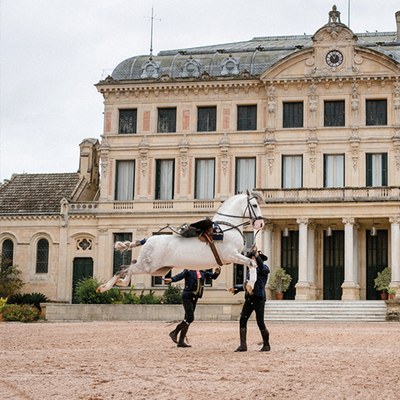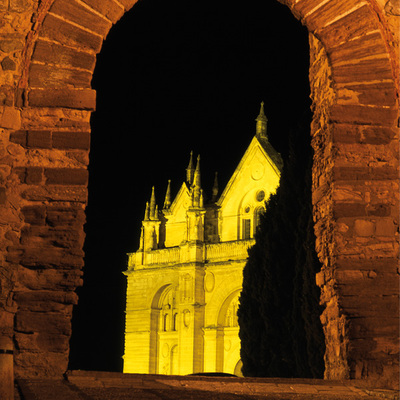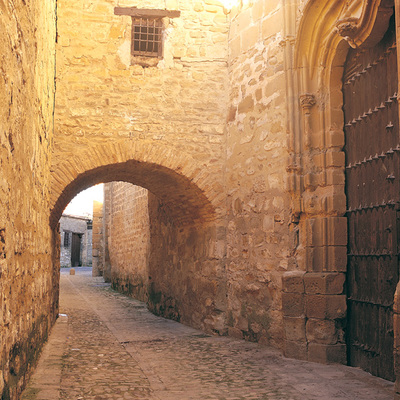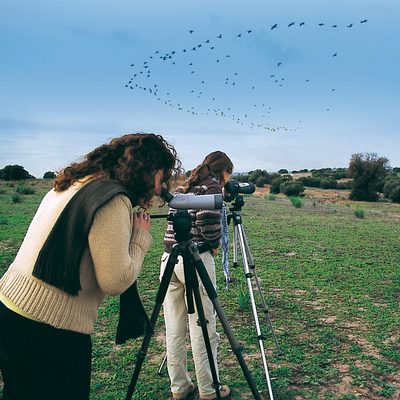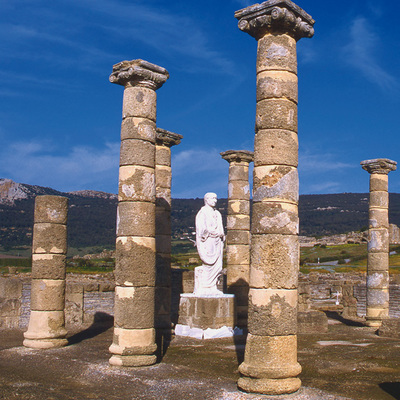THE ANCIENT RITES OF TARTESSOS. CADIZ AND HUELVA.
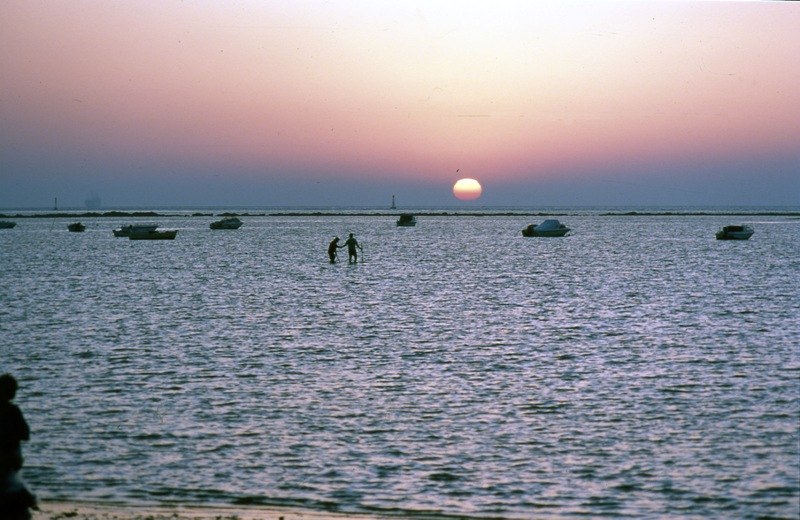
Sanlúcar de Barrameda, at the mouth of the Guadalquivir River, is one of the places where historians believe Tartessos might have been.
This was a legendary civilisation that appeared around 800 BC and, through its trading links with all the Mediterranean, fed the imagination of many people, including the Greeks.
Though the exact spot of Tartessos has never been proved, Sanlúcar is full of references. The very name - a play on the words Santo Lugar or So-Lucar - seems to be due to the existence of an ancient temple to a sun god, of which nothing remains today.
However, what does still exist - logically modified - are the ancestral rituals exalting the senses to which such temples were consecrated. Good proof of this is the elevated state of conscience produced by the measured tasting of manzanilla - a delicate wine - and of seafood, the main local products. A stroll along the streets of Sanlúcar is an unforgettable and magical experience.
From Sanlúcar, it is possible to cross the Guadalquivir to the other bank, where the Coto de Doñana, a nature reserve with marked telluric undertones, begins. Birds migrating from Central Europe nest there, including the geese that have been sacred since remote antiquity.
This may have led to the myth of Mother Goose, Melusine of our initiatory stories, which has survived and been made popular in the game of snakes and ladders. Through the Reserve by forest tracks, we come upon El Rocío hamlet, a mythical place.
Each spring, about one million pilgrims gather here from all over Spain in order to celebrate the pilgrimage in honour of the Virgen del Rocío (Virgin of the Morning Dew), also called Blanca Paloma (White Dove) or Reina de las Marismas (Queen of the Marshes). This pilgrimage, either on horseback or on foot through the pinewoods and expanses of sand of the Coto, reflects at the present time all the elements of Roman Catholic ritual.
However, it is linked with ancient pagan ceremonies in honour of Astarte and Demeter, goddesses of fertility and of the cycles of the moon of the Tartessian, Greek and Roman civilisations. Many of those old magic rites of fertility still exist, and not only here at El Rocío. Other pilgrimages, such as that of Setefilla at Lora del Rio, of La Asunción at Cantillana or Escardiel at Castilblanco de los Arroyos, show, though to a lesser degree, similar features.
From Sanlúcar towards Seville, we may evoke places where the Greeks are said to have situated some of their mythological exploits. Hercules, according to legend the founder of Seville, was here, and, with the strength of only his arms, separated Europe from Africa, opening the Strait of Gibraltar, and leaving one of his pillars on each side. Geryon´s cattle grazed in these marshes before being carried off by Hercules, thus complying with one of his famous labours.
Greek tradition also situated the garden of the Hesperides here - where the three daughters of Atlas were said to live - and the place of origin of the Gorgons, the Parcae (daughters of the Night), the Cyclopes, the Moiras and the Hecatoncheires.
Like the valley of the Nile in Egypt, Mesopotamia between the Tigris and the Euphrates, or the valley of the Ganges in India, the valley of the Guadalquivir has harboured powerful civilisations, some of whose features still remain up to our time. Games with bulls, feasts with slings and ancient Mediterranean resonance could be some of them.
Itineraries
Services and infrastructure
Specialties
You may be interested
